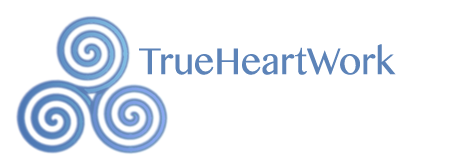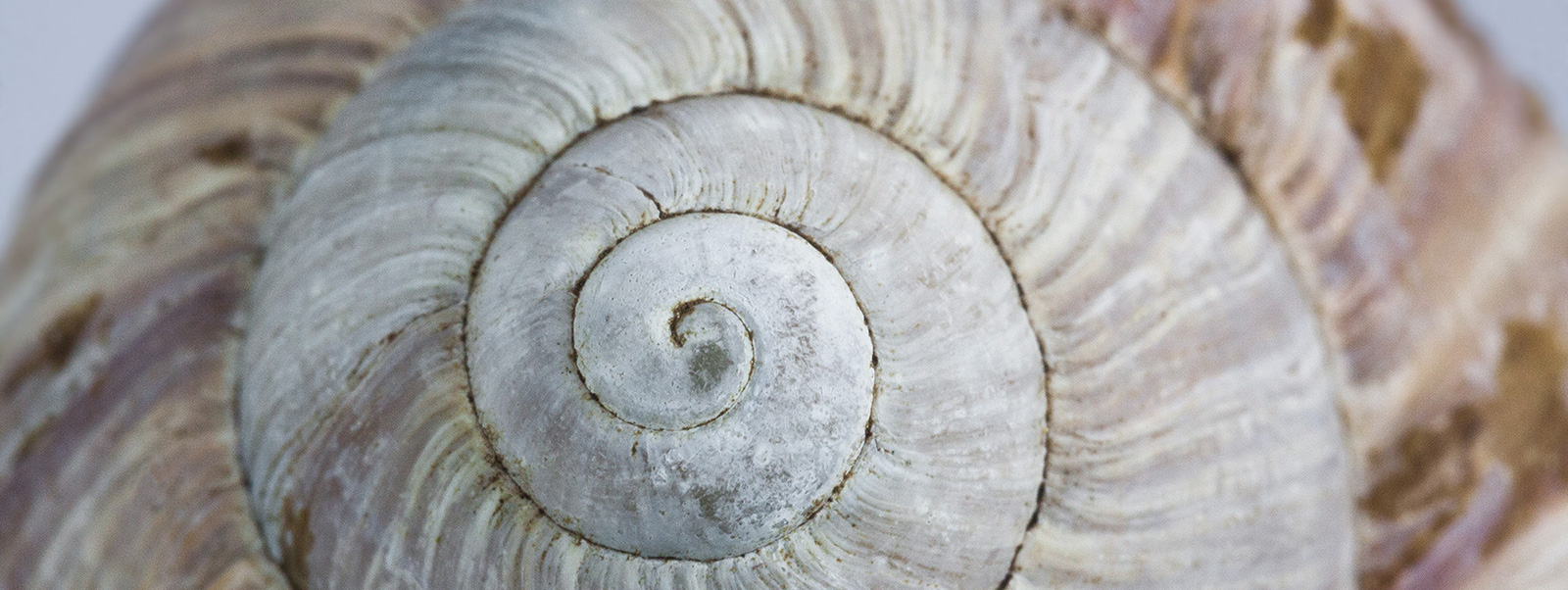My Oh My
 We may not be who we think we are. Our mistaken identity lies at the core of our searching. It is the denizen of collective and personal beliefs and eons of conditioning. It’s a theme that’s stitched into the warp and weft of myth, fairy tale and literature, superbly depicted in movies like Maleficent.
We may not be who we think we are. Our mistaken identity lies at the core of our searching. It is the denizen of collective and personal beliefs and eons of conditioning. It’s a theme that’s stitched into the warp and weft of myth, fairy tale and literature, superbly depicted in movies like Maleficent.
“We are caught in a trance, a belief that “something is wrong with me” that can be fixed or controlled by growth hormones, mood sensors, happiness meters or surgery, smoothed away by Botox, cured by finding a new therapist, improved with a new lover.
We all have a longing to be seen, to be understood (mindful seeing) and to be loved for what is seen. The wound of unlove is heart-breakingly evoked by Debra Nystrom in her sublime poetry. When we feel unlove we feel we do not belong, we are invisible, cast aside, uncared for. The wound of unlove festers, becomes a necrosis. Our inherent sense of our unworthiness sleeps lightly and wakes each new day when our inner world meets the outer world. For most of our adult lives we learn to re-parent ourselves, to weave together new narratives, new ways of being accepting of who we are. Yet for most of us the voice within keeps asking, “how am I doing? Or am I enough?”
South African poet, Arthur Nortje wrote of his own exile from his country, his people and from himself. He was exiled in the darkness of depression, his life force dissipated by drugs. He wrote, “The isolation of exile is a gutted warehouse at the back of pleasure streets,” and died at twenty-eight years old, never having known his true face, his spiritual heart, his pleasure street.
There are many paths to awakening.
For some of us it is a descent into the Underworld where we are dismembered by depression, an illness that ravages our body, a loss that dissolves the life we once knew, exiles us from ourselves. We cannot see past ourselves until the time comes when we are ready. “when the veil of the trance lifts, the pleasures and pain, the hopes and fears of our small space-suit self still come and go, but they no longer define us,” writes Tara Brach in her book, True Refuge.
The characters in the 16th Century Commedia dell’ Arte were stock characters. The actors had no lines to memorise though they did need to understand and embody their roles –they improvised, fleshing out the plot, making up the dialogue as they went along. Shakespeare knew that “All the world’s a stage and all the men and women merely players,” and as we go through the scenes in our lives we make up the dialogue and the action, the conflicts, the dramas. And yet, writes Byron Katie,“reality is always kinder than the stories we tell about it.” In her work she brings fear-based beliefs and the wound of unlove into the light of awareness where they dissolve with questions that deepen our attention, invite us to pause, to inquire whether the assumptions about our “reality” are really true.
Sometimes we may pause long enough, breathe deeply enough, to recognise a purposeful pattern, a deep Intelligent Design at work. We may feel a connection to the Greater Whole, or be reminded of the gossamer veil between life and death.
 Ram Dass in Polishing the Mirror: How to Live from Your Spiritual Heart says that like Dorothy’s Ruby Slippers what we have been looking for has been here all along. And yet, “spiritual practices can themselves become hindrances and obstacles.” Our lives can become performances requiring perfect delivery, problems seeking a solution, reminders of the rigid roles we play that mask our True Self. Tim Leberecht writes in his excellent piece, Un-Quantify, we “focus on measuring multiple aspects of ourselves to achieve an unreachable nirvana of human optimization.”
Ram Dass in Polishing the Mirror: How to Live from Your Spiritual Heart says that like Dorothy’s Ruby Slippers what we have been looking for has been here all along. And yet, “spiritual practices can themselves become hindrances and obstacles.” Our lives can become performances requiring perfect delivery, problems seeking a solution, reminders of the rigid roles we play that mask our True Self. Tim Leberecht writes in his excellent piece, Un-Quantify, we “focus on measuring multiple aspects of ourselves to achieve an unreachable nirvana of human optimization.”
Nikos Kazantzakis, Greek philosopher and celebrated author of Zorba the Greek, said pragmatically, “you think too much, that is your trouble. Clever people and grocers, they weigh everything.”
“Only the examined life is worth living,” another wise Greek philosopher famously remarked.
 “But it is important to remember that we can examine it without quantifying it. In business and beyond, we can manage what we can’t measure, and in fact we do it every day,” says Tim Leberecht.
“But it is important to remember that we can examine it without quantifying it. In business and beyond, we can manage what we can’t measure, and in fact we do it every day,” says Tim Leberecht.
To claim a life worth living, he recommends “unplugging from your tools and your carefully cultivated matrix of data. Instead of tracking how many calories you torched during a workout, concentrate on the movements you make, what burns, and what doesn’t—are you able to get out of your head and let go of earlier stresses? To be truly open and present for moments that will bring you what tools can’t track—joy, laughter, happiness, wonder, and love—it is necessary to be attuned to the world around you. What will make you feel more satisfied? Six-months of sleep data, or a belly laugh with a co-worker? You will maximize and optimize but lose the romance of getting to know.”
To claim a life worth living, Buddhist teacher, Ajahn Buddhadasa suggests that we “don’t do anything that takes you away from your body.” Mindful awareness is one way to connect with a safe home base when we are flayed by worry, lacerated by fear. Our bodies live in the present. So when we become aware of our bodies, our inner landscape; when we quieten our minds, connect with our own breath, we connect with the earth that is our Home.
Leonard Cohen’s voice as smooth and dark as molasses sings out for all of us who have loved and lost another or ourselves …
“Held you for a little while
My, oh, my, oh my
Held you for a little while
My, oh, my, oh my…”
Yet we are not in exile. We are Home. We are here now. Doing the best we can.
My Oh My from the album Popular Problems by the inimitable Leonard Cohen




Michelle
February 10, 2015 at 7:57 pmThank you
Avanol
February 13, 2015 at 10:33 amIngy You have such a skill in gathering words of wisdom from so many different sources and weaving them through the ideas you are expressing.expressing. Thank you. The theme brings to mind something that Eckardt Tolle says in his book A New Earth. He reminds us that it makes no sense to speak about ‘my” life as this implies we are separate from life as we are from other things we call”mine”.We do not possess a life or get a life, he says, we ARE Life itself.The grassroots of our illusion of being separated.
shelley Street
February 25, 2015 at 9:24 amso much food for thought here Ing! mindful awareness is the lesson I take from this today! thank you dear heart for your wise words always!!